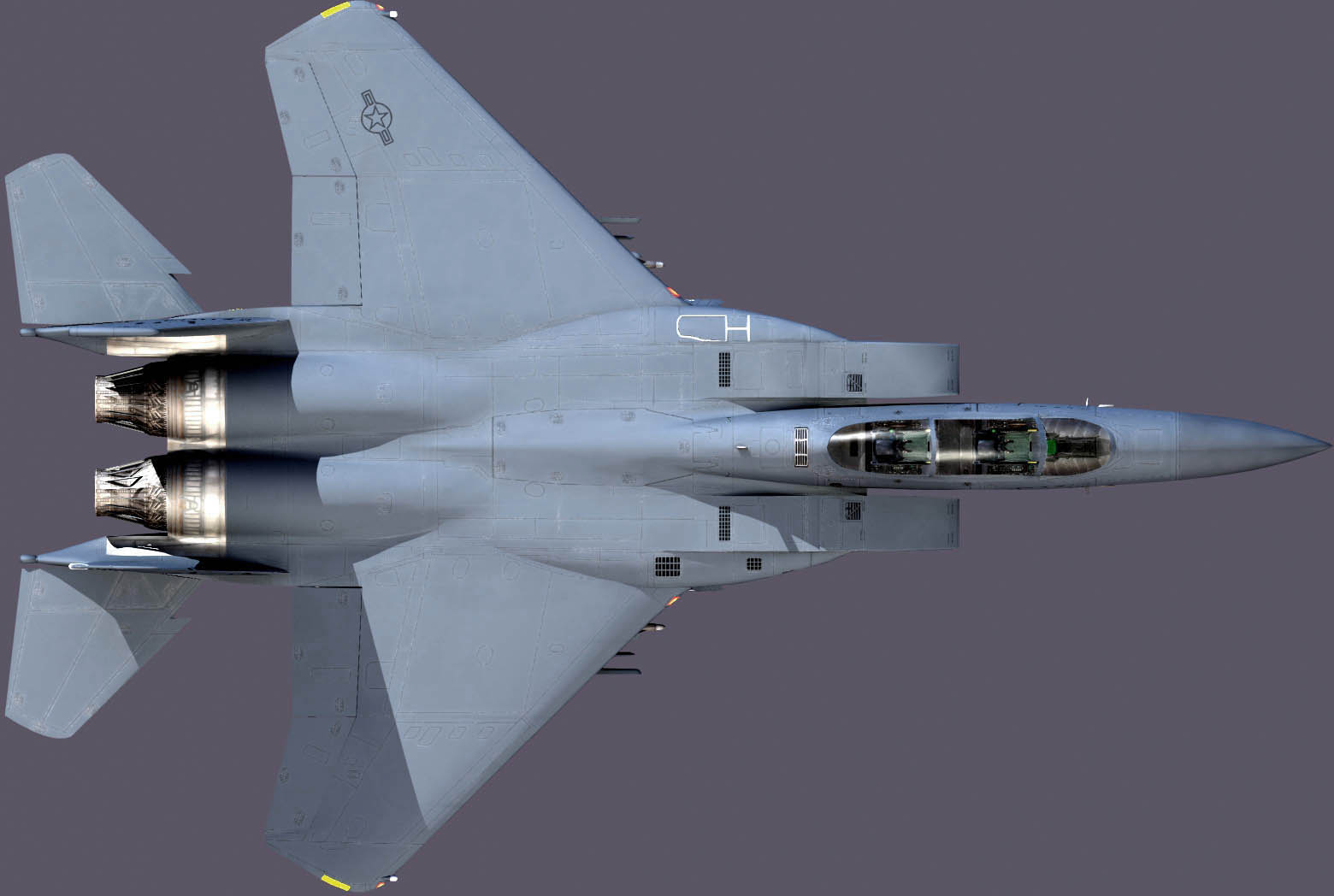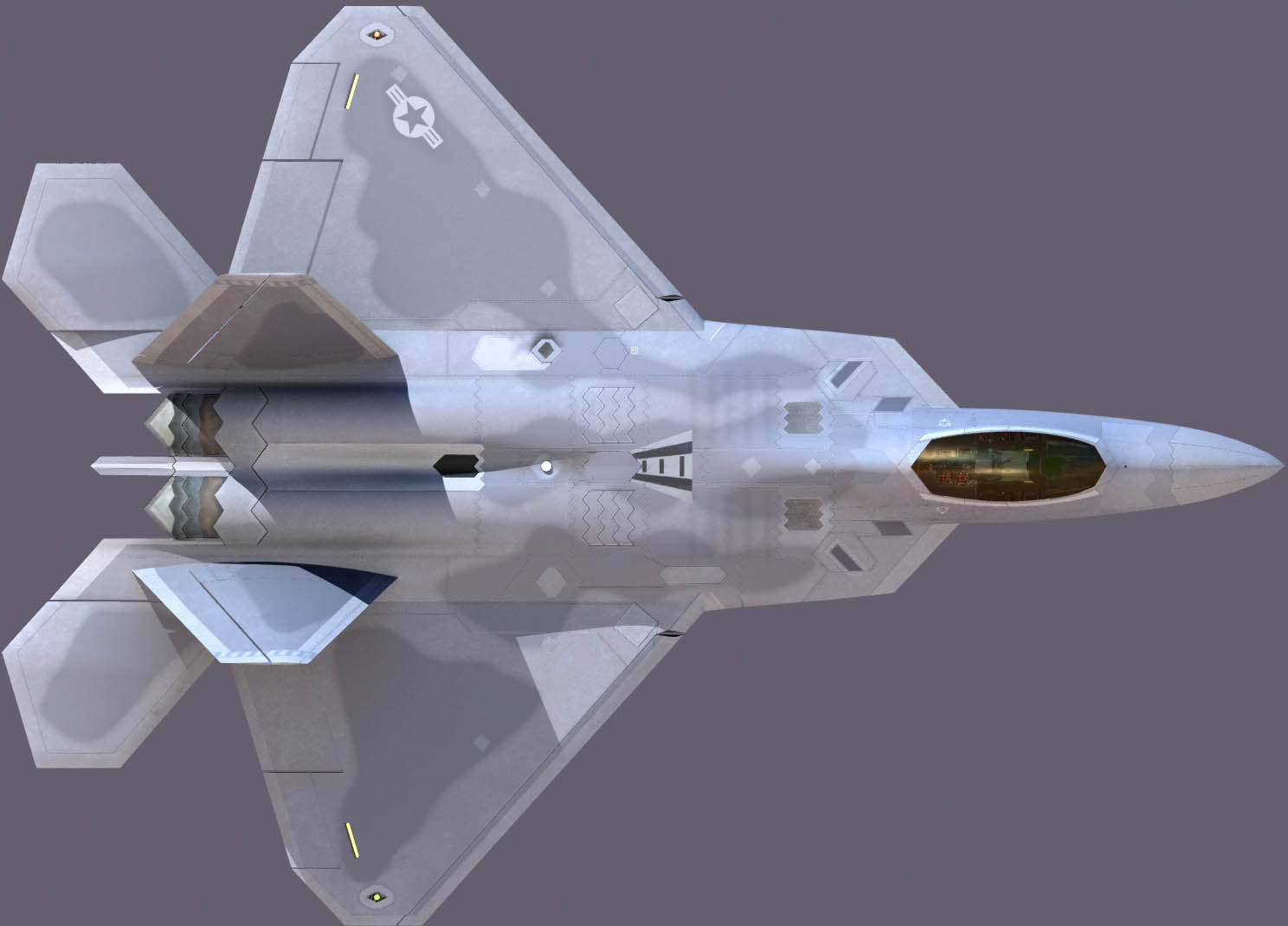- Joined
- Aug 14, 2009
- Messages
- 880
- Likes
- 60
New engines are already on the cards. The canopy too I guess will change...this one won't fit the tandem seater.So here is my list of things I hope they improve over the course of making this a production model.
Modular composite skins -- ie, minus rivots
More compact engines with heat ducting nozzles
Increased fin area
Bubble canopy
Shorten the nose














